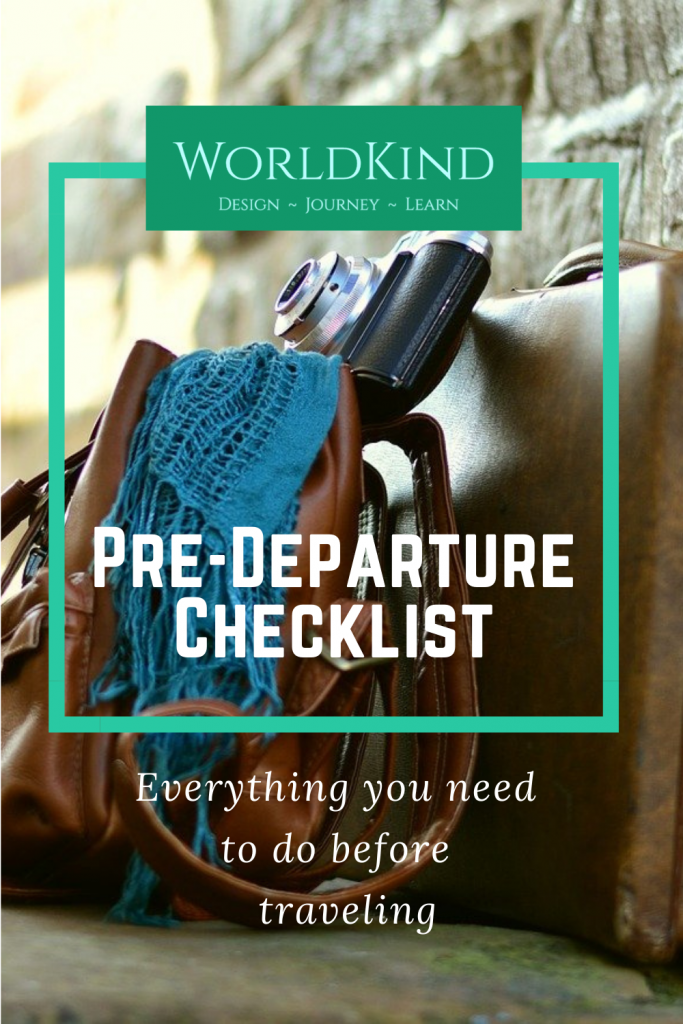Pre-departure checklist for travelers
A pre-departure checklist can help you avoid a last-minute panic! But getting organised, especially when none of us have traveled for a while, can feel overwhelming. To help, we’re looking at some key travel planning tips from our experience to ensure a smooth landing in a new place.
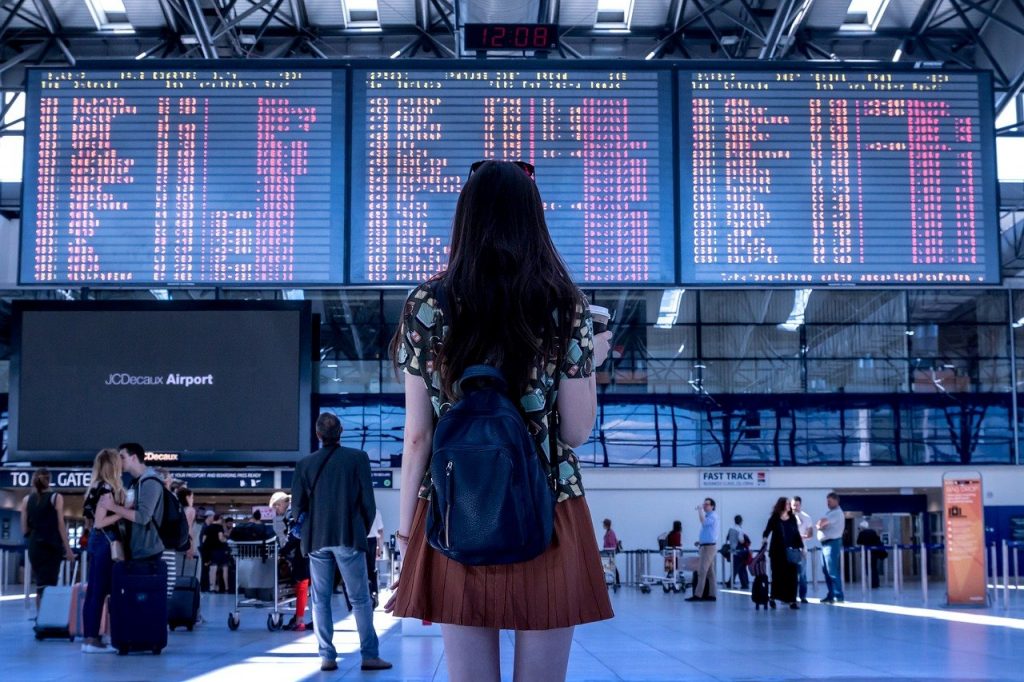
Pre-departure Checklist: Are you ready for take-off?
Check all flight times and dates. Remember to search your email inbox for any missed updates! Often if you book several months ahead the flight schedules may change, perhaps only by five minutes, but occasionally more. My least favorite was a civilized 10am check-in becoming a 3am wake-up call at my hotel in Penang, to return a rental car and board a 7am flight to Borneo! Sometimes you have to grit your teeth, hit the caffeine and be glad you get to see an orang-utan.
Check your baggage allowance, including weights and luggage dimensions. If you’re traveling on multiple airlines, make sure you check them all and pack according to the smallest allowance.
Check for any rules about liquids, batteries and other items that are subject to regulation and make sure you are following the rules. A new item for travel since the pandemic began: Covid-19 rules. Make sure you know what your airline requires, and don’t pack your mask in your hold luggage!
Check all time zones
Make sure you know what the time difference is between home and your destination. It also makes it a bit easier to gauge how jet lag will affect you. It’s never fun but you can give yourself a fighting chance! Sleeping on an overnight flight, if you can, will lessen the exhaustion. If you’re able to shift your bedtime by an hour or so every day before departure, it will help. Of course, real life may limit how practical this is.
Once you arrive, try to stay awake for the rest of the day to get your body into the rhythm of the local time. Exercising, eating, and drinking lots of water will help in addition to doing something fun and engaging that helps to keep you awake.
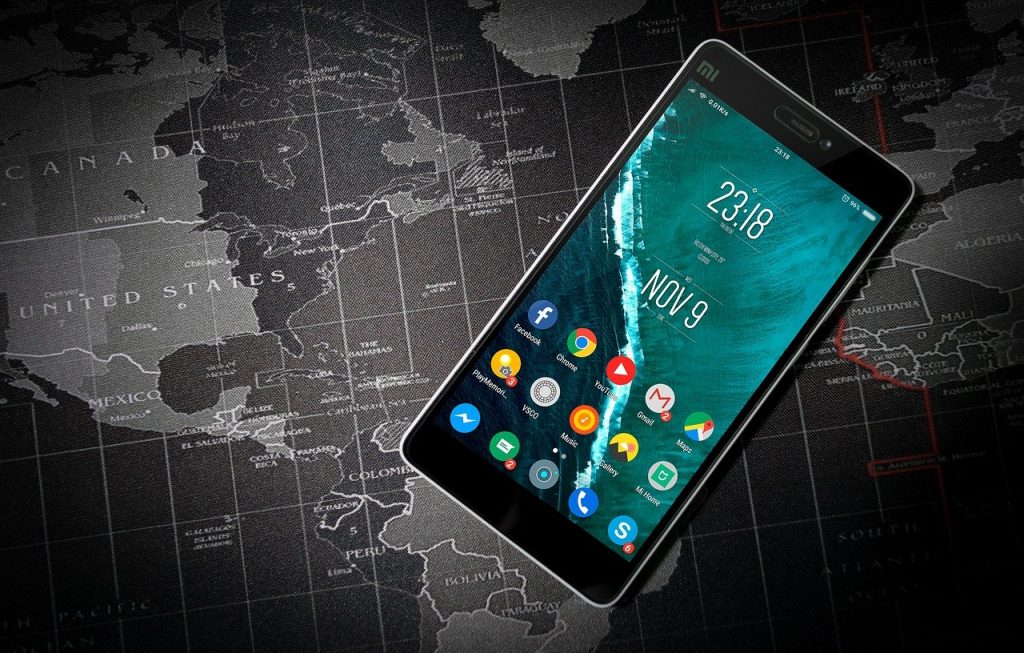
Pre-departure checklist for electronics
Charge your devices before you leave. You don’t want your Kindle to run out of battery at a great point in your book halfway across the Atlantic! That would not be a cliff-hanger to relish. A portable battery with cables will allow you to top up your electronics while you’re out for the day. Or to charge that e-Reader on your flight! But remember to check battery size limits with your airline on their website.
Don’t forget to pack your chargers! I like to take a six-foot charging cable as you never know where the outlets will be in a hotel room. The last thing you need to worry about after a long day is finding a portable piece of furniture so your phone isn’t dangling in mid-air. A USB hub is a great tool, especially if you have several devices and a single power outlet!

Check electrical current and plug requirements for destinations
Electricity in many other countries is 220-240 Volts, alternating at 50 cycles per second. This differs from the standard US voltage of 110. For example, in many countries outlets accept the “European” style of plugs with two round pins. So you’ll need to have an EU adapter plug for any electronics you bring. There are different plugs to US format in the UK and South Africa and still more in Australia and New Zealand! A quick Google will help.
Most computers and smartphones today are designed to automatically convert from 110 to 220 volts and should only require the plug adapter and not an electrical converter. But make sure to check your other devices, which might need a converter in addition to the plug adapter. Some adapters have USB connections as well as power converting abilities, which can save a lot of space by eliminating extra plugs.
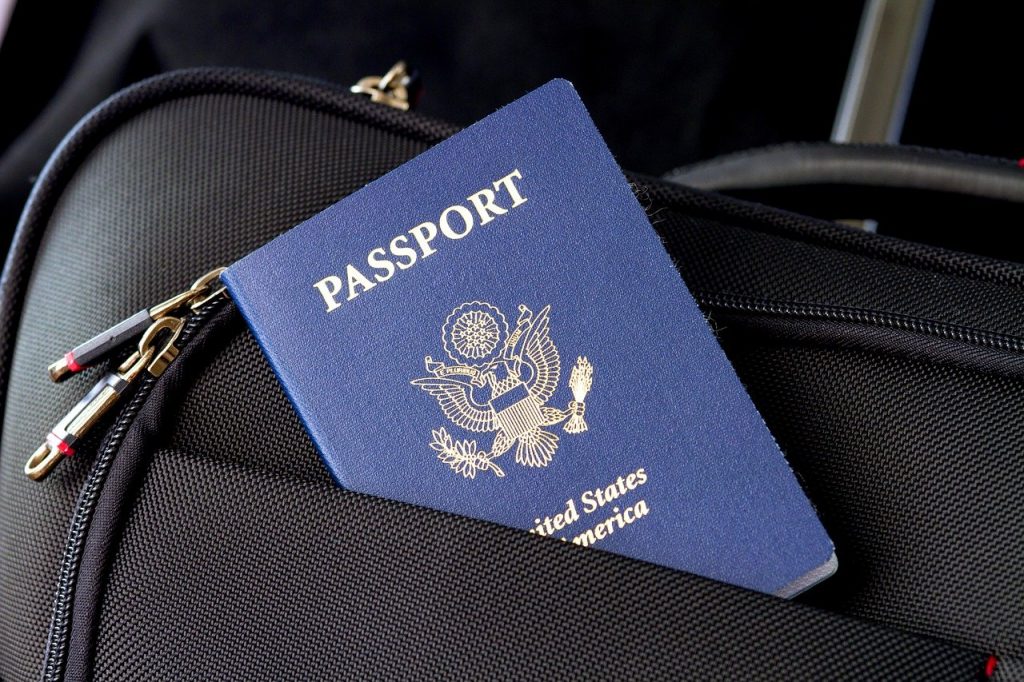
Check passport validity and any passport requirements for destinations
It sounds obvious, but make sure your passport hasn’t expired since you last used it! Many countries demand six-month’s validity beyond your proposed return home. If you need to get your first passport, check out our helpful video guide here!
UK passports are among those that can be renewed before their expiration date, adding the extra months to make the expiration date ten years from the would-be expiration of the earlier passport. However, within the EU, Schengen Zone countries require a passport that is less than ten years old, so watch out for that and check your date of issue.
Check if you need a visa, even for transit countries. Sometimes you can transit without additional checks if you’re staying in one area of the airport. But it’s often common to be routed through immigration whether or not you are staying. If you’re only there for a few hours a visa may not be necessary, even if it would be otherwise.
Make sure only to use the official government website for obtaining your visa since there are other websites out there that will apply for visas for you, but they will charge you MUCH MORE than you’d pay by going through the official channel.
It’s always a good idea to make photocopies of the picture page of your passport. Keep one copy in a separate place from your actual passport while traveling, and consider giving copies to someone back home and to someone traveling with you. If you have a smartphone, take a picture of the picture page of your passport, and keep it on your phone. You can also upload it to Google Drive or another cloud-based storage system.
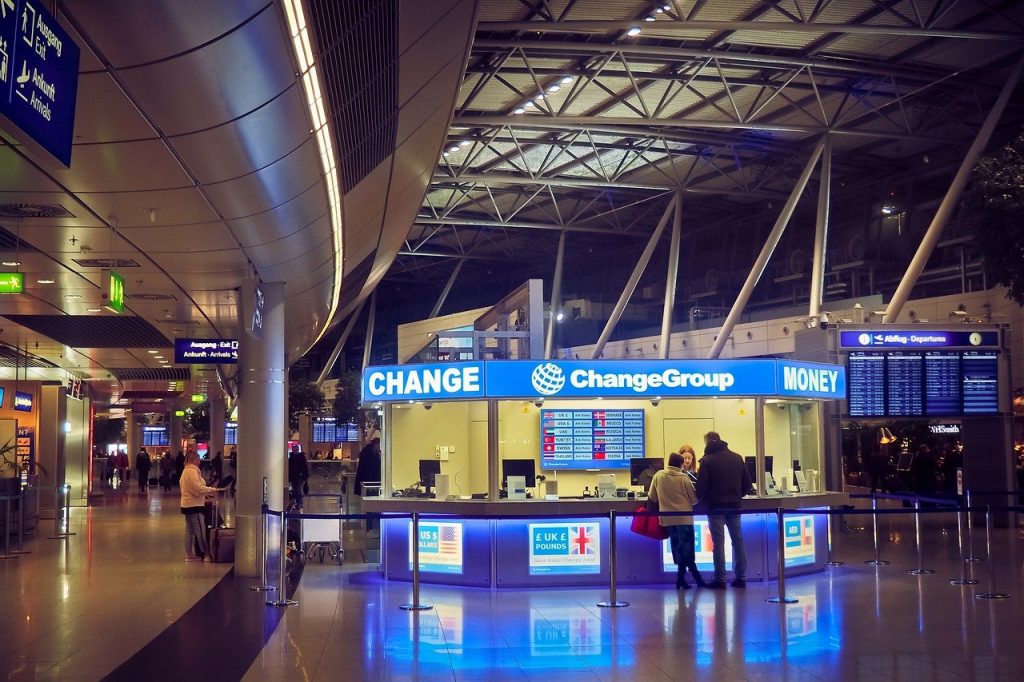
Investigate the local currency
If you can’t change money before departure, take medium-sized bills (e.g. $20) for the easiest transactions. Many small exchange services won’t like (or can’t take) small and large bills.
Not long ago, I would never have boarded a plane without a significant amount of cash in the local currency. Now, however, and after several overland trips where currencies changed daily, I know that it is straightforward in most countries to head straight for the ATM before leaving an airport or a railway station. You can check online maps before departure (here’s one of Istanbul’s airport, showing currency exchange kiosks in the main hall and ATMs at the main entrances) to make sure there is an ATM on hand. I was unlucky on that front at Singapore’s old railway hub back in 2012, but even then a taxi driver was very willing to detour via an ATM to let me stock up!
With more and more ATMs offering service to international travelers, traveler’s checks are fast becoming a thing of the past. They aren’t quite obsolete, but they are no longer accepted everywhere, and may be more of a hindrance if you have ATM access. However, if you don’t mind the admin upon return, they can be a reassuring backup – just remember to keep the receipt with their numbers separately in case they are lost or stolen.
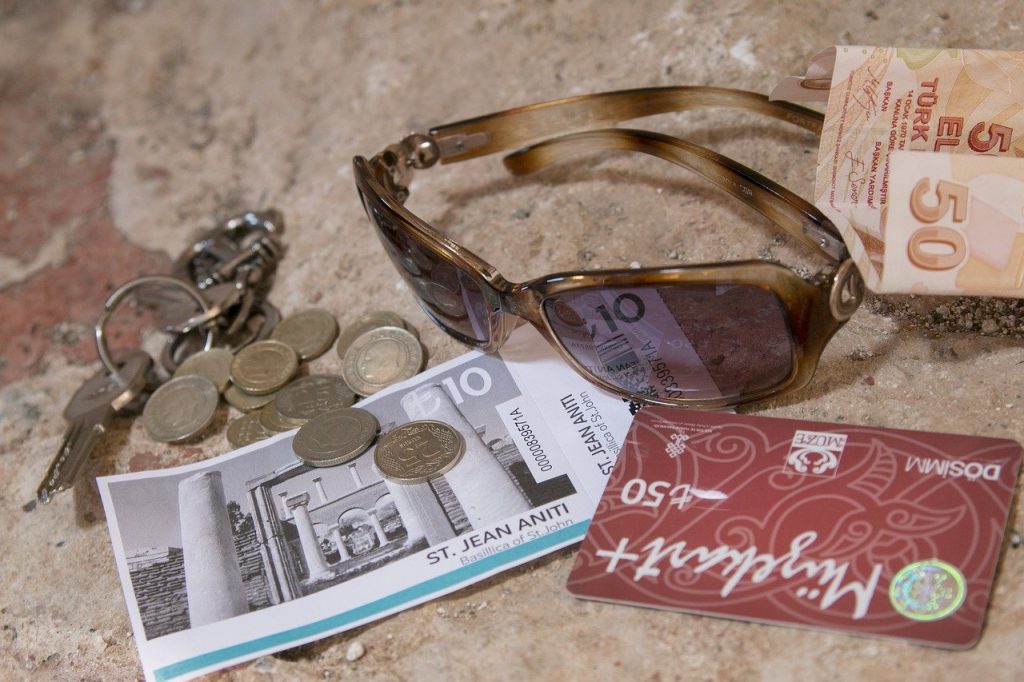
Inform credit card companies/banks that you will be overseas
Don’t get cut off while traveling – inform your bank and credit card companies that you’re away. That way, a sudden charge from the Turkish coast won’t look raise red flags. The last thing you need is to spend a day of your trip-of-a-lifetime to New Zealand calling the bank and arranging to have money wired. Learn from my mistakes!
Check what their charges are for paying in different currencies or for using an ATM overseas. Usually, these are small surcharges – such as $2 per withdrawal, making it more cost-effective to withdraw larger amounts.
Check if you can use your phone abroad
You don’t necessarily need full phone and data service while you’re traveling; that’s up to you. If you’re traveling in a group, it’s probably less important. But you will definitely want to know your rights. There’s no point missing out on two weeks’ free Google Maps access if your contract allows it, but you don’t want to get hit with a four-figure phone bill when you get home!
Many providers will offer overseas use as part of certain mobile plans, or can add on global privileges at special rates. This may be cheaper than buying and allows you to retain access via your regular number. This may be a bonus or not, depending on whether you will have home clients contacting you at unsocial hours while you are on vacation!
Check what compromises may be involved – many US-based networks will limit your internet capabilities to 2G while abroad, which isn’t going to give you the same speed as at home. Nevertheless, this would be fine for keeping up with messages, handling emails and downloading maps or directions.
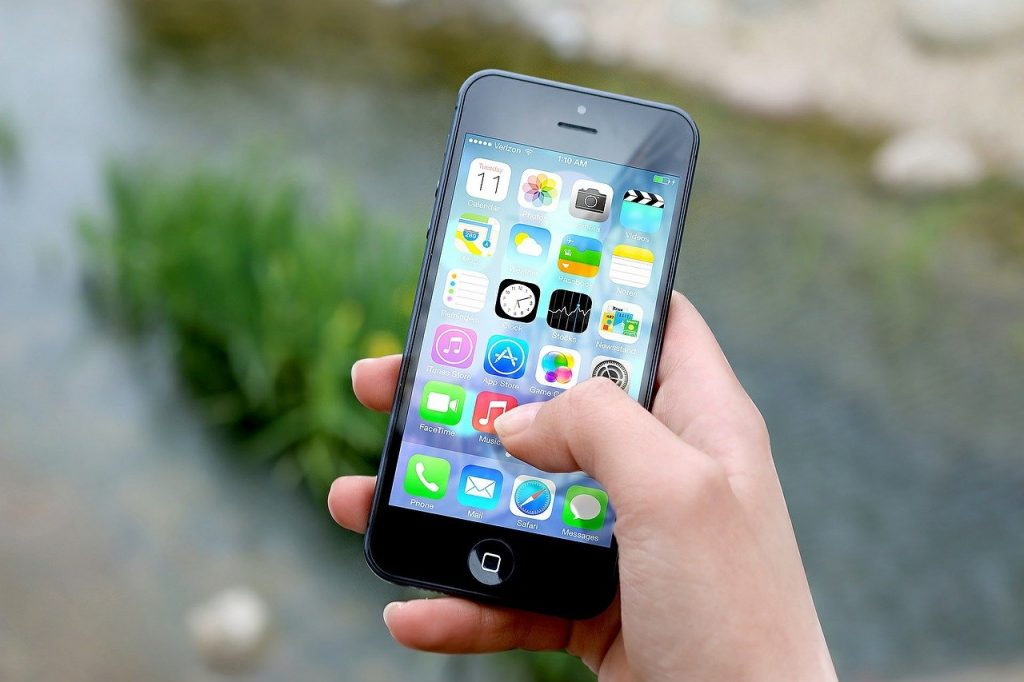
The fun pre-departure checklist: download resources, e.g. ebooks
Learning about your destination is a great way to build up excitement! Guidebooks will give you a taste of what you’ll see as well as providing practical information. Specialist books can help you dig down into the history and culture of the region. If you use an eReader, like a Kindle, make sure you have everything downloaded before you go.
If your destination isn’t an English-speaking country, it will always be worth learning a few basics in the local language. Even if the locals are accustomed to speaking English to tourists, it’s a nice gesture of respect and is often appreciated. In Italy, for example, if you try out your basic Italian on the right person, you will find yourself praised like a puppy who just performed surgery. Your new friend may invite you to meet their grandmother. Don’t underestimate the joy of a human connection!
The briefest Googling of local customs will help with your cultural awareness. And it’s always useful to know what’s appropriate in the culture you will be visiting. Consider reading up on the country’s history and politics (consider buying one of the Culture Smart books before going). What might you typically do at home that would cause unwanted attention in your host country? For example, it may not be polite to be seen smoking or drinking in public, especially during Ramadan in Muslim countries. Customs encompass manner of dress and public displays of affection, etc.
You can check for any dangers or hot-button issues by looking at blogs, Twitter, local news organisations and the US State Department country guidelines here.
We prepare some Pinterest boards on our destinations, which include links to language basics and cultural introductions.

Make a basic first-aid kit
A basic first-aid kit might include: Antiseptic, wound dressings, painkillers, anti-diarrhea medication, anti-nausea medication, and rehydration mix. Check that everything you are taking is legal in your destination – some painkillers may be controlled in certain areas. See the advice below about medications.
Also check for any potential health hazards in your destination, including recommended vaccinations (and if you need to prove vaccination or exemption to enter), and whether malaria prophylaxis is advised. You can use the CDC’s travel site or the NHS’s Fit for Travel site to get current information.
Covid-19 updates are worth keeping an eye on, such as this page for travelers visiting Turkey.
All being well, you will never need to open this. But if you don’t include this on your pre-departure checklist and you need it, you’ll wish you did!
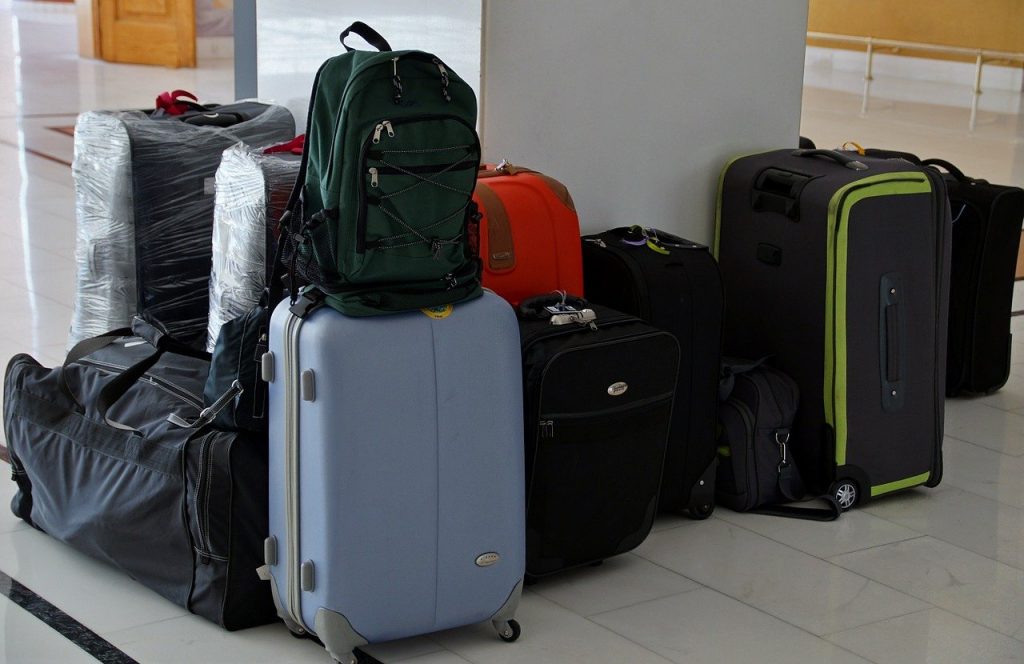
Check medication requirements for import
Always take a copy of your prescription and keep medication in labelled packaging. If necessary, you can take a letter from your doctor. Read up on country-specific guidelines. These are usually on national government websites if there isn’t a dedicated page on a national tourism board site. Japan is one country that is surprisingly strict on prescription medications that are standard elsewhere, such as some decongestants and ADHD medications. Greece is especially strict on medications that contain codeine. It is always worth checking that it is safe to travel, and that includes considering whether your medication can go with you. It’s then up to you to decide if compromise is an option.
Keep your medication in your hand luggage. While it’s tempting to pack a week’s worth of pills in a pill organiser – and certainly more economical with space – things go much more smoothly with a prescription in hand and the original containers. Pack sensibly. First, make sure your medication is accessible. If your medication needs to stay cold, make provisions. I take gel cool packs – frozen, and under the 100ml liquid limit – and pack everything tightly in an insulated bag. Bulky, but effective. Know where your medication is. Be ready to pull it out for scanning separately – especially if you have any liquid medications.
You can use the CDC’s travel site or the NHS’s Fit for Travel site to get current information. Kathleen wrote a guide to the whole process on her blog, WanderingWounded.com. This is one of the most important items on your pre-departure checklist.
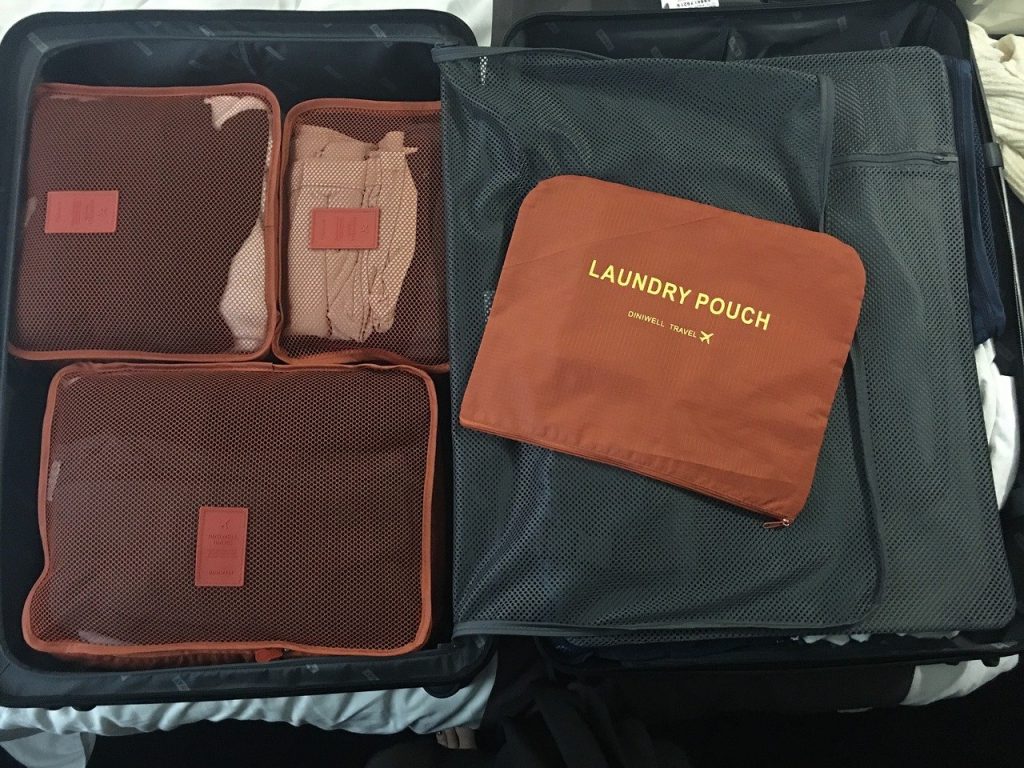
Always have travel insurance: a pre-departure checklist ESSENTIAL
Do not travel without insurance.
Insurance will keep you out of financial trouble if you miss a flight connection after a delay, your luggage goes missing and you need to replace your clothes, or in more extreme circumstances, such as a medical emergency.
Make sure that your insurance covers any medical conditions you have, as policies rarely cover existing conditions by default. At present, note that Covid-19-related cancellations are rarely covered, but some travel companies have their own policies. Exclusions will apply, so make sure you know that you are complying with terms and conditions. This could be anything from keeping your rental car doors locked when the vehicle is unattended to avoiding snowboarding! Adventurous travelers can pay a little extra for extreme sports coverage.
Most policies will cover your devices. However, they will often have a limit on the compensation they will pay out if you lose your luggage or have something stolen abroad. Check that these limits are adequate when you choose a policy.

Leave itinerary and contact details with family or friends
Your loved ones will want to know where you are if they need to contact you in an emergency. Gather your itinerary – flight numbers and schedule, hotels, your phone number and whether it will work abroad. If you want to be extra-cautious, include embassy or consulate information for your destination. Give this information to someone you trust along with your passport details. Also, keep a printed copy of your details for yourself in case your device is lost or stolen.
Pre-departure Checklist complete? Wheels Up!
So there we have it: a pre-departure checklist for our trips, or your own adventures. Look out for the developing Traveler Training Program where we will dig deeper into some of these areas.
Happy travels!
Pin this post for future reference:
